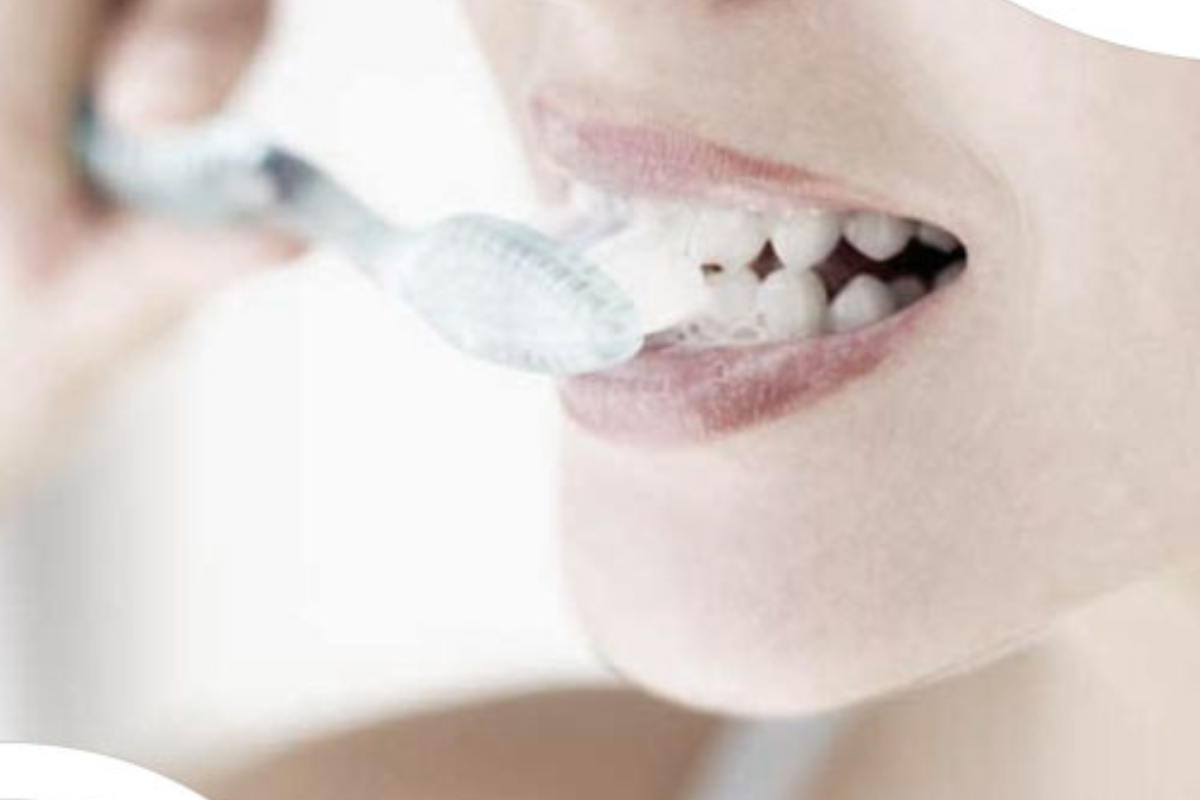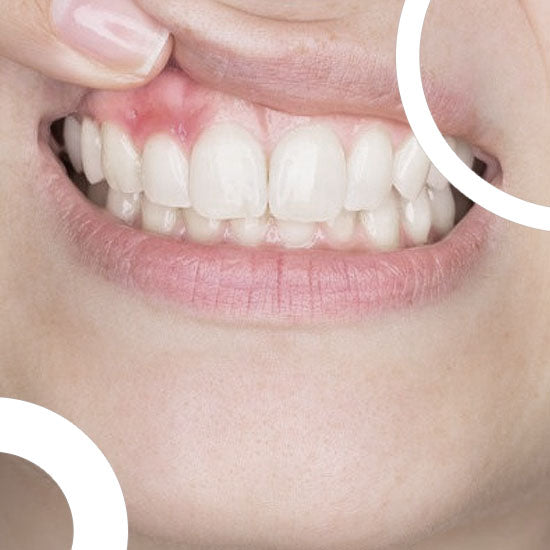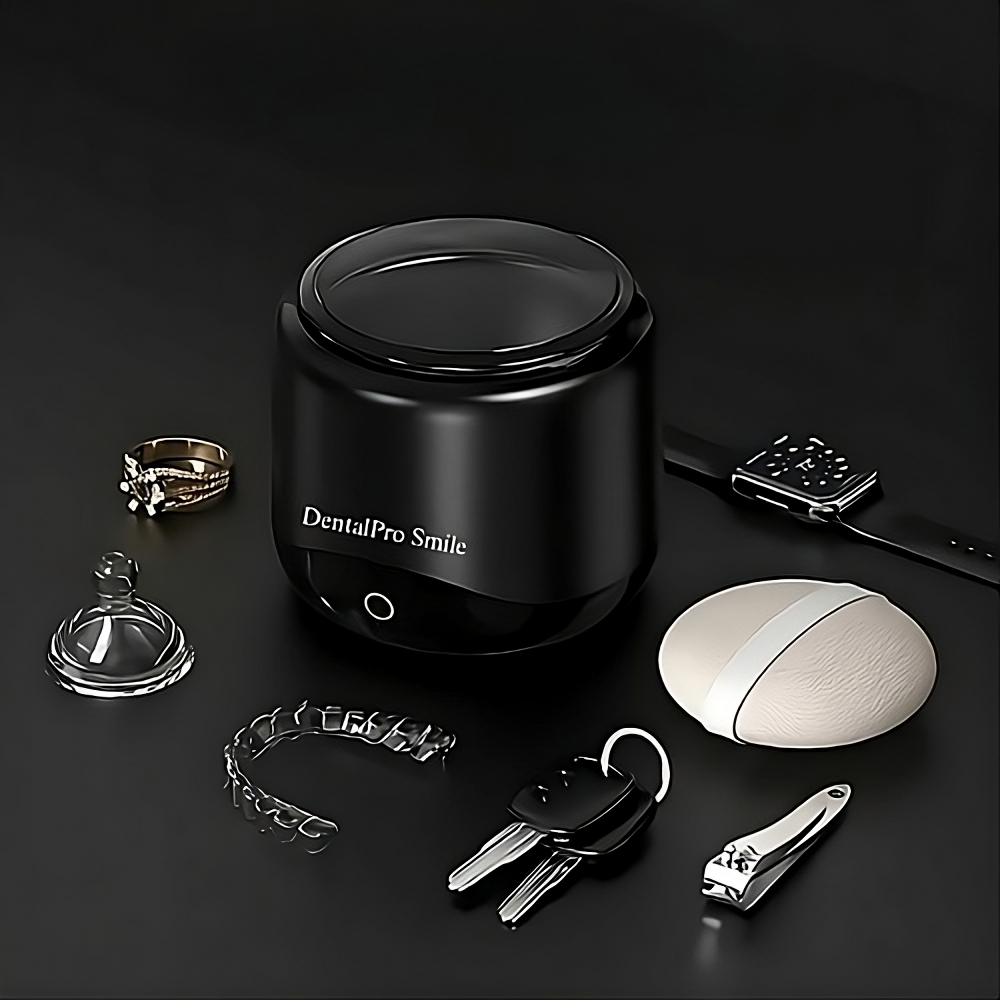Do you have red, swollen gums or gums that bleed when brushing? These symptoms may be the first signs of gingivitis, a common gum disease that can be potentially dangerous if not treated promptly.
In this article, we help you understand the causes of gum bleeding, the warning signs to watch for, and most importantly, the right actions to take to keep your gums healthy and your smile bright.
🧠 What is gingivitis? Definition and early symptoms
La gingivitis est an inflammation of the gum, often caused by the buildup of dental plaque. It can develop without pain, which explains why it is often overlooked. However, it is the cause of:
-
Red or dark gums
-
Bleeding when brushing or during meals
-
Swelling, pain, or burning sensations
-
Persistent bad breath
🔎 Good to know : if left untreated, gingivitis can progress to a periodontitis, causing the loosening of the teeth.

❗ Bleeding gums: should you be concerned?
Your gums bleed when you brush your teeth or bite into food? Several causes can explain this phenomenon:
The most common causes:
-
Bacterial infection (gingivitis)
-
Too aggressive brushing
-
Hard, hot, or irritating foods
-
Poorly fitted dental appliances or prostheses
The rarer but more serious causes:
-
Vitamin C or K deficiency
-
Coagulation disorders
-
Diabetes or autoimmune disease
-
Pregnancy (hormonal changes)
-
Side effects of medications (anticoagulants, anxiolytics)
👉 Advice : Repeated bleeding, even if slight, is never trivial. Make an appointment with your dentist promptly.
🔺 Red, swollen, painful gums: what your mouth is trying to tell you
A healthy gum is pink and firm. If it becomes bright red, sensitive, swollen, or painful to the touch, it is most likely inflammation.
The most common causes:
-
Gingivitis : bacterial inflammation related to poor hygiene
-
Herpetic gingivostomatitis : appearance of pimples or ulcers in addition to redness
-
Other viral or fungal infections

✅ How to prevent gum disease? The right daily habits
Adopting good oral hygiene is the key to preventing gum problems:
🪥 Daily hygiene:
-
Brush your teeth 2 to 3 times a day with a soft or electric toothbrush
-
Use dental floss, interdental brushes, or a water flosser for cleaning inaccessible areas
-
Complete with a antiseptic mouthwash
🚫 To avoid:
-
The tobacco (major aggravating factor)
-
Excessive alcohol
-
Chronic stress
👨⚕️ Regular monitoring:
-
Visit your dentist at least once a year for a full check-up and professional scaling

🦷 What treatments are available to cure bleeding gums?
Depending on the severity of the problem, several solutions exist:
In case of gingivitis:
-
Descaling at the dentist
-
Use of a specific toothpaste for sensitive gums
-
Improvement of oral hygiene with suitable tools
In case of periodontitis (deeper involvement):
-
Root planing
-
Surgical treatment of periodontal pockets
-
Gum graft or implant placement if the teeth are loose
⚠️ Other common gum problems (not to be ignored)
Bleeding is not the only warning sign. Here are other common issues:
-
Receding gums
-
Buttons or ulcers on the gums
-
Black or gray spots on the gingival tissues
-
Painful or persistent swelling

📝 Conclusion: never neglect your gums
Redness, bleeding, pain... These signals should alert you. Acting quickly helps prevent serious and irreversible complications.
✅ Regularly consult your dentist
✅ Adopt impeccable dental hygiene
✅ Use specialized care (soft brushes, water flosser, suitable toothpaste)




Leave a comment
This site is protected by hCaptcha and the hCaptcha Privacy Policy and Terms of Service apply.